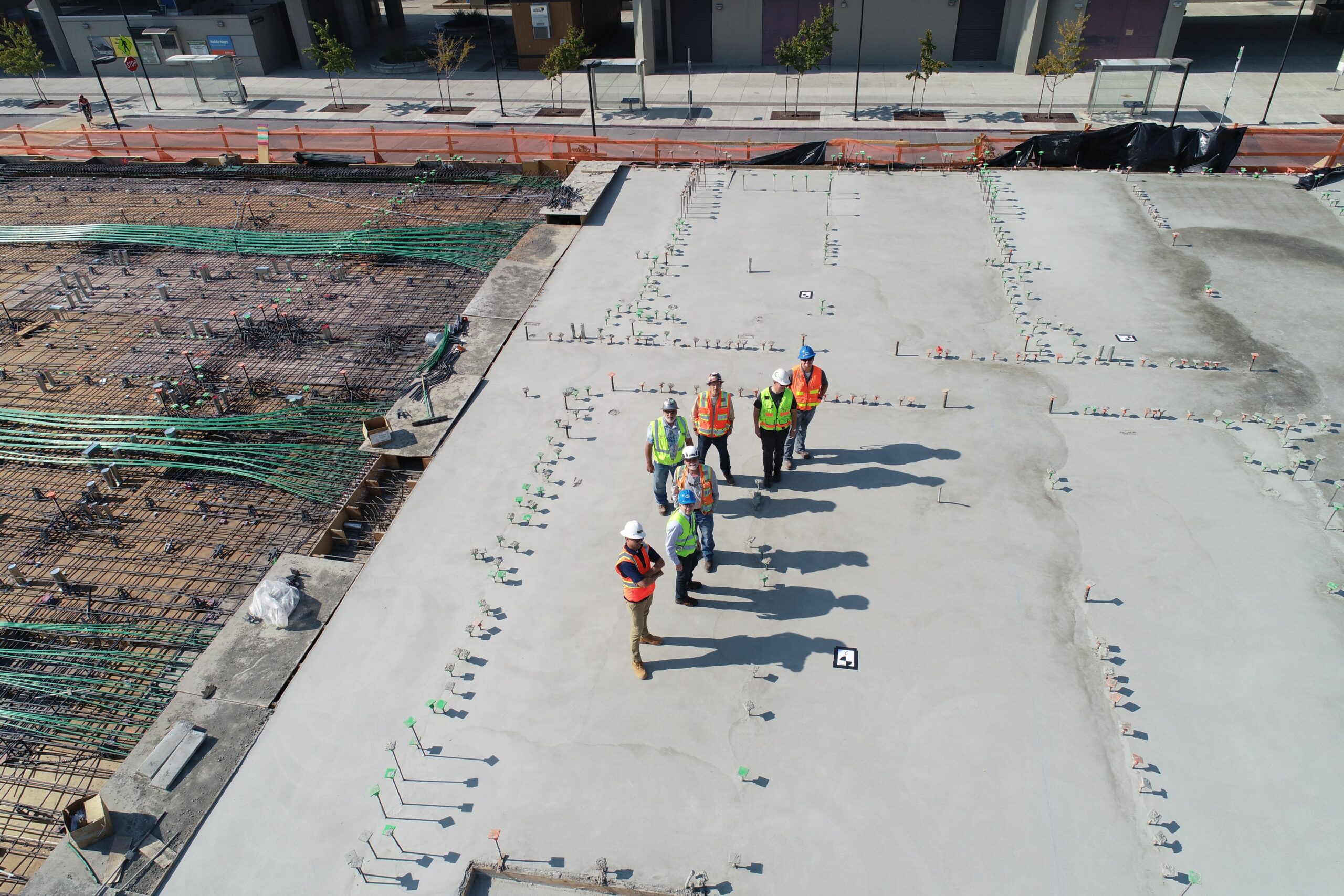
Are Your Safety Meetings Effective? Part One

Many organizations conduct safety meetings, however it can be challenging to know how effective these meetings are. This may, in part, be because the term safety meaning can have several different meanings. So, what is a safety meeting? A safety meeting is:
- A planned assembly to review safety items that may be broad or focused topics.
- Information may be based on best practices, organizational procedures, or other relevant sources.
- A way to inform employees of the organization’s expectations for establishing and maintaining a safe workplace.
- Flexible and may vary in size, focus, topics discussed, and format based on the needs of the workforce, the environment in which work is being completed, and other related factors.
You may be asking, what is the purpose of a safety meeting? Safety meetings are used to convey knowledge and may be based on broad topics such as housekeeping, slips trips and falls, ergonomics, etc.
- Meetings may occur on a weekly or monthly basis depending on the number of relevant topics for the crew.
- Meetings generally discuss:
- Broad topics and concepts
- Organizational expectations regarding these topics
- General ways to meet the expectations
Safety meetings can also occur daily or multiple times per day if task(s) change or if new hazards are identified.
- These meetings:
- Vary depending on the detail that needs to be discussed.
- Are more focused to crew members and task.
- Define crew member roles, known hazards, and plan to eliminate the hazard.
- Rely on open two-way communication.
- Rely on all being engaged in the decision.
- These meetings may be referred to as Job Hazard Analysis or Job Safety Analysis (JHA or JSA).
So, how do you conduct an effective safety meeting? Conducting effective safety meeting requires a few key components coming together starting with communication and preparation.
Commination
- Time and place
- When, where and how will the meetings be conducted (in person, on-line, telephone, etc.)
- Topics
- What is going to be discussed?
Preparation
- Research into the topic
- Presentation materials, handouts, etc.
- What you expect the attendees to be prepared for
- General rules for the meeting
RAISE THE EXPECTATION
- What are you expecting from the audience?
- Are expectations being clearly established?
- Are examples clear?
- Are there opportunities for two-way communication?
- Is there confirmation of understanding
Visit our Blog page for Part Two.



